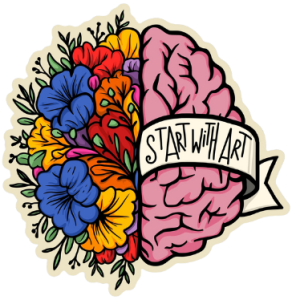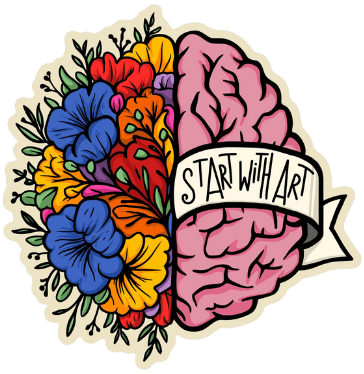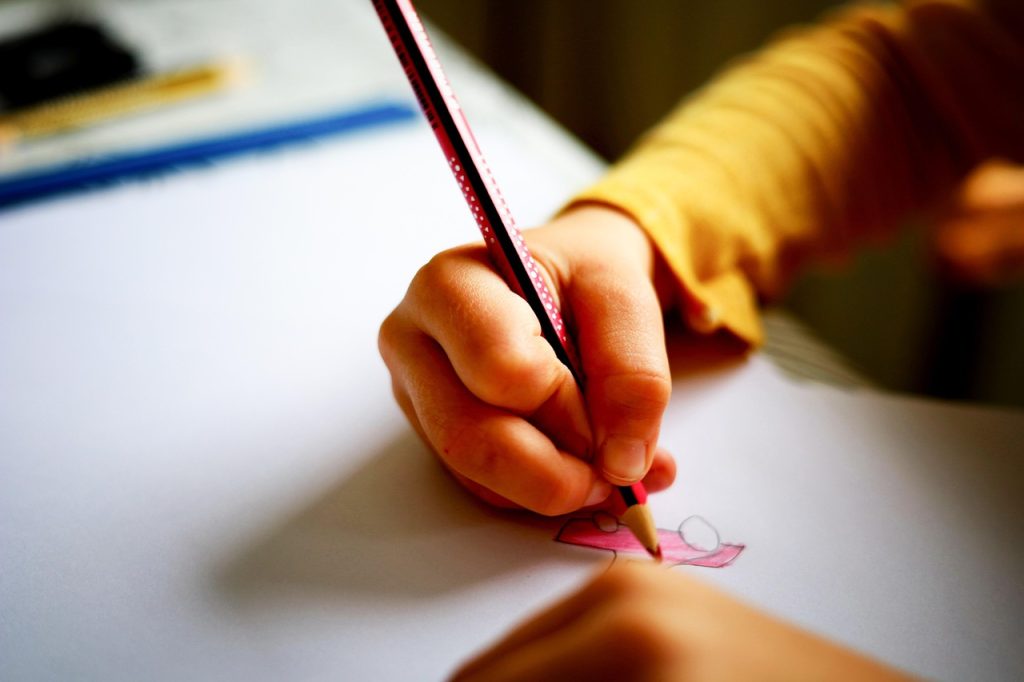When we think of education, math, science, and language arts often take center stage. While these subjects are undeniably important, art holds a unique place in shaping a well-rounded education. Far from being “just an elective,” art fosters skills, perspectives, and personal growth that benefit students for life.
1. Unlocking Creativity and Innovation
Art encourages students to think outside the box. Whether painting, sculpting, or designing, they learn to take risks, experiment, and embrace unexpected results—skills that are invaluable in problem-solving across all disciplines.
2. Building Emotional Intelligence
Through art, students learn to express feelings that may be hard to put into words. They also gain empathy by exploring works that reflect different cultures, eras, and human experiences.
3. Strengthening Critical Thinking
Art requires close observation, interpretation, and thoughtful decision-making. From analyzing a historical painting to deciding on the next brushstroke, students develop the ability to question, evaluate, and solve problems creatively.
4. Supporting Mental Well-Being
The process of creating art can be calming and therapeutic. In a world where stress levels among students are rising, art provides a much-needed outlet for relaxation and self-expression.
5. Connecting to Culture and History
Art acts as a bridge to understanding the world’s rich diversity. By studying different artistic traditions, students deepen their cultural literacy and global awareness.
6. Making Learning More Engaging
When art is integrated into other subjects—like illustrating scientific concepts or creating historical reenactments—it brings lessons to life and makes them more memorable.
Art in education isn’t just about making something beautiful; it’s about shaping imaginative, thoughtful, and resilient individuals. When we invest in art programs, we invest in the creativity, empathy, and critical thinking of the next generation.


